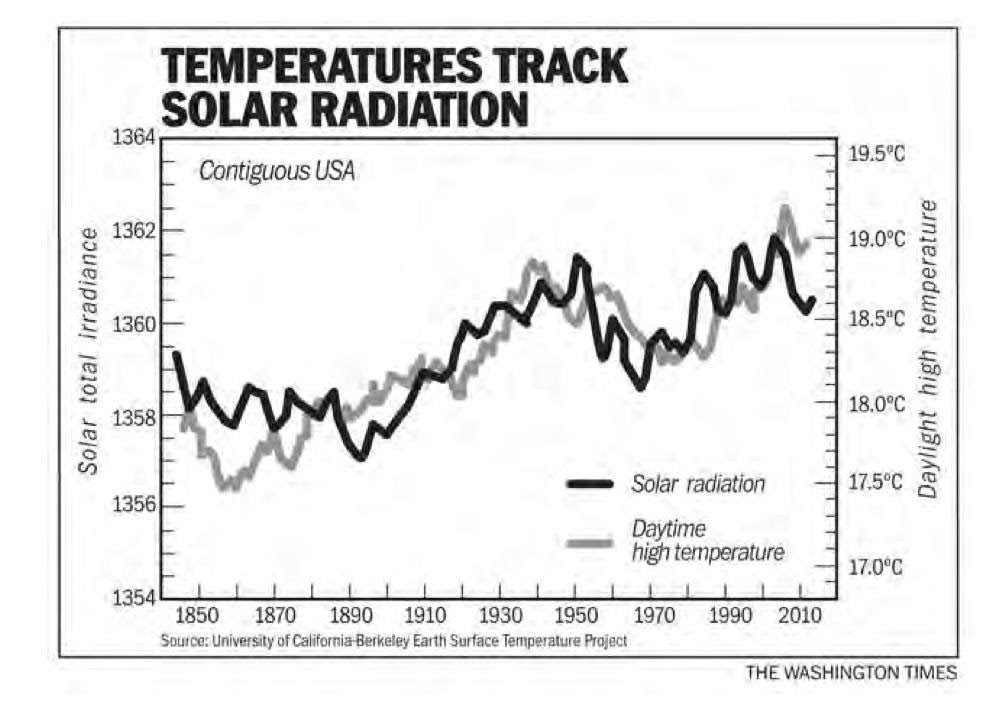Solar Radiation Data Handbook 2
Availability of reliable solar radiation data is vital for the success of solar.
Climate, Sky and Solar/Shading Calculations Climate CalculationsThe location of the facility under analysis is critical for the determination of energy consumption, heating/cooling loads, daylighting potential, and a host of other calculations. In EnergyPlus, both external (i.e, weather files supplied from others) and internal (i.e., solar position, design day temperature/humidity/solar profiles) data is used during simulations.The “Site:Location” input object includes parameters (Latitude, Longitude, Elevation, Timezone) that allow EnergyPlus to calculate the solar position (using Latitude, Longitude and Timezone) for any day of the year as well as supply the standard barometric pressure (using elevation). Solar position modeling is discussed in more detail in both the Sky Radiance and Shading Calculation sections that directly follow this section.Weather files have hourly or sub-hourly data for each of the critical elements needed during the calculations (i.e., Dry-Bulb Temperature, Dew-Point Temperature, Relative Humidity, Barometric Pressure, Direct Normal Radiation, Diffuse Horizontal Radiation, Total & Opaque Sky Cover, Wind Direction, Wind Speed) as well as some auxiliary data such as Rain or Snow that assist in certain calculational aspects.
Weather file excerpts such as might be used in sizing calculations also have this breadth of data. The input object “SizingPeriod:DesignDay” describes design days (meant to mimic ASHRAE design conditions but in a whole day profile) using certain characteristics for the day and then EnergyPlus supplies the remaining portions to complete outdoor conditions needed for program execution.

SizingPeriod:DesignDay are perhaps the best objects for sizing equipment as the ASHRAE specified design conditions can be input AND weather files may or may not have the conditions necessary to size equipment properly.Two other objects, however, can be used at times: SizingPeriod:WeatherFileDays and SizingPeriod:WeatherFileConditionType. With the first of these, one specifies a set of weather file days similar to a RunPeriod (but will be used for the Sizing calculations).
In the second, the extreme or typical conditions that are calculated for the weather file during processing can be used by name. Of course, either of these can be used as a measure of usage over small periods.The ASHRAE Handbook of Fundamentals describes their criteria in creating design condition synopses. “Design data based on dry-bulb temperature represent peak occurrences of the sensible component of ambient outdoor conditions. Design values based on wet-bulb temperature are related to the enthalpy of the outdoor air. Conditions based on dewpoint relate to the peaks of the humidity ratio. The designer, engineer, or other user must decide which set(s) of conditions and probability of occurrence apply to the design situation under consideration.” EnergyPlus Design Day Temperature CalculationsIn EnergyPlus, the typical design day input includes a “high” and a “low” dry-bulb temperature for the day. As these two temperatures are insufficient to represent a full 24 hour period, the program uses a “range multiplier” profile to represent the full day’s temperatures:Figure 36.

Default Daily Temperature Range ProfileThe multipliers are taken from the ASHRAE 2009 HOF, Table # 6, p. More explicitly, EnergyPlus creates an air temperature for each timestep by using the entered maximum dry-bulb temperature in conjunction with the entered daily range and the above multiplier values. The actual equation used is shown below. $$QRadSWInAbs(SurfNum) = QS(ZoneNum).AbsIntSurf(SurfNum) + AISurf(SurfNum).BeamSolarRad W/m2$$whereSurfNum= surface numberZoneNum =number of zone that surface belongs toQS(ZoneNum)= short-wave diffuse irradiance in the zone W/m 2AbsIntSurf(SurfNum)= inside solar absorptance of the surfaceAISurf(SurfNum) = inside beam solar irradiance factor for the surface -BeamSolarRad = outside beam normal solar irradiance W/m 2 Interior Diffuse RadiationQS is assumed to be uniformly distributed throughout the zone. It is calculated as follows. Let Q sw be the total diffuse short-wave radiation entering the zone or originating in the zone.
Since Q sw is ultimately absorbed or transmitted by zone heat transfer surfaces, summing over these surfaces gives the following energy balance equation.
Obtaining Solar Radiation Data Data for USA (NREL - National Renewable Energy Lab)Please Note: The Solar Pathfinder Assistant software has the NREL solar radiation data already in it.In the United States, a major program was undertaken by NREL (National Renewable Energy Lab) to correlate sparse solar radiation data with available weather data at nearby sites. These correlations were used to estimate solar radiation for 239 sites in the US with extensive weather records. The data for the 239 sites is available in an excellent 250-page publication called Solar Radiation Data Manual for Flat-Plate and Concentrating Collectors. The data is available in HTML and PDF format from the website.
Solar Radiation Data Download

Individual PDF files are available for the main body of the manual and for each of the 50 states, the Pacific Islands (Guam) and Puerto Rico. Compressed files containing the individual PDFs for the manual and the site data tables can be downloaded in three compression formats: PC, Macintosh and Unix. Represented in the tables are also available for viewing.NREL is an excellent resource, and though it tends toward the large utility scale projects, it is funded by your tax dollars. If you have additional technical questions, try 303-275-4626 or 4648.
Like most NREL numbers, you will likely get a machine.The manual mentioned above has a page of tables for each location. The data tables have columns for each month of the year and an annual total.
There are five tables: southfacing fixed-tilt collectors, 1-axis trackers, 2-axis trackers, direct-beam concentrating collectors, and average climatic conditions. Units are metric (kilowatt-hour per square meter per day). Most tables give average, maximum, and minimum values for each month. The fixed and 1-axis tracker tables are broken down into tilts of: horizontal, latitude minus 15 degrees, latitude, and latitude plus 15 degrees. Data for Global Use (NASA)The data is available at:Detailed information on how to obtain solar radiation data from this NASA site:(Word).
